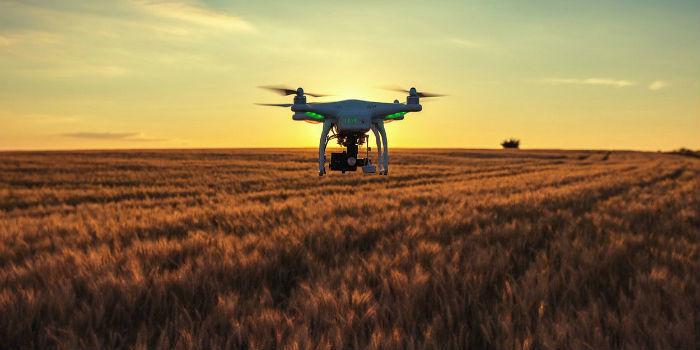 International. Oliver Philippou, in the white paper on video surveillance trends for 2017 published by IHS Markit, identified the use of drones and robots as a growing technology for security applications. Actually, the use of drones (unmanned aerial vehicles) for this purpose has not fully flourished due to three main issues: legislation, battery life, and cost.
International. Oliver Philippou, in the white paper on video surveillance trends for 2017 published by IHS Markit, identified the use of drones and robots as a growing technology for security applications. Actually, the use of drones (unmanned aerial vehicles) for this purpose has not fully flourished due to three main issues: legislation, battery life, and cost.
However, the use of drones has become a very real problem for perimeter security. Potential intruders or unwanted peepers using drones are not affected by the problems that the commercial market must face. Consumer drones are available for just a couple hundred dollars and can be piloted by anyone without prior training and without a license. Consequently, the problem of drones in restricted airspace (e.g. near airports, high-priority infrastructure facilities or spectator-crowded sports venues) is becoming increasingly worrying.
Due to the extensive physical area occupied by these restricted airspaces, simply being able to identify if a drone is nearby has been a challenge. However, IHS Markit estimates that recent developments in drone detection technologies mean that in 2018 anyone who wants to secure a perimeter will have to consider threats from the sky as well.
There are currently two main technologies for drone detection:
Radio frequency (RF) detection antennas. These products are used to detect, analyze, and locate the RF used by the drone's base station to communicate with the drone. One of the main benefits of RF detection antennas is that they can detect and locate both the drone that is in the air and the person controlling it, even, in some cases, before the drone takes off. RF antennas also have a much greater detection range than radar or video surveillance cameras. In addition, RF antennas can interfere with communication between the drone and the controller. However, doing this can have as yet unknown effects, such as the drone falling from the sky. The problem with RF antennas is that they are not very accurate in supplying a specific location, nor can they provide video verification of a drone.
Radar: Ground surveillance radars are used for low-level aerial surveillance in order to detect and track small drones. They use a technology similar to that of radars that use air traffic control, but on a smaller scale, allowing a more limited operating range than RF antennas. However, radar is significantly more accurate than an RF antenna and is therefore ideally used in combination with video surveillance cameras, including PTZ cameras, to automatically zoom in and out on particular targets. The disadvantage of radar is that its performance can be affected by adverse weather conditions (for example, rain, snow, sand or dust). Drone detection systems that employ radars tend to be more expensive than systems with RF antennas.
Video surveillance alone is not considered an adequate detection technology. Object detection analysis tools can be used in a video surveillance camera for video verification and to capture an image of the potential threat. However, both RF antennas and radars can detect beyond the line of sight and have a detection field of almost 360 degrees. Therefore, many vendors have concluded that the combination of these three technologies constitutes the best option for drone detection. The use of video also has an important contribution in this emerging field of perimeter security.

























Leave your comment